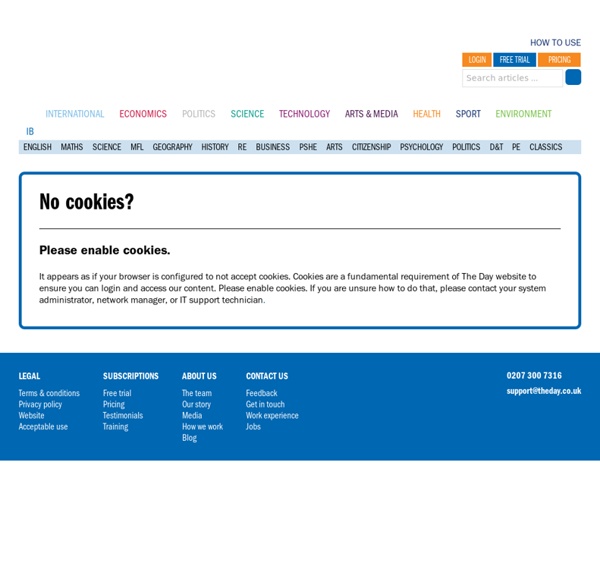



BusyTeacher.org YouTube, as well as websites such as wikihow.com, instructables.com, and soyouwanna.com, have an incredible assortment of guides on how to do almost anything, from cutting up onions to making paper airplanes. In this article, I’m going to explain how to adapt a video tutorial into a listening lesson for your ESL/EFL classes. How-to videos contain a number of features which makes them perfect for exploitation in the ESL/EFL classroom: authentic English with natural pronunciation content that relates to everyday life a wide range of topics that can be used images and (in some cases) titles and subtitles which make the meaning clearer the pleasure of learning a useful skill and new English vocabulary at the same time The following sections will guide you through several steps of planning for using a how-to video in class. Searching for the Right Video First of all, you need to think of something that your class would enjoy learning. Planning Your Lesson First, start with a pre-listening task.
DOGO News - Kids news articles! Kids current events; plus kids news on science, sports, and more! LAS COLAS DEL HAMBRE EN ESPAÑA (LO QUE LAS TV ESPAÑOLAS NO EMITEN) | EL BLOG DE CARLOS Es una foto tomada en la provincia de Cádiz, pero podría ser en cualquier otra provincia o ciudad de Andalucía y el resto del estado. Mientras los partidos tradicionales tratan de centrar el debate político en lo que ocurre a miles y miles de kilómetros del estado español, mintiendo, manipulando y engañando descaradamente sobre la realidad de aquellas tierras, y los grandes medios incluso mandan a sus reporteros a hacer programas-show en los cuales mostrar todo lo que de negativo pueden encontrar -y deformar de forma sesgada- en esas tierras, las imágenes de las diversas “colas del hambre” y otras muchas similares que a diario se dan en este estado, son ocultadas de forma sistemática. Esto es solo un ejemplo de los miles que se podrían citar y todo el inmenso material que los medios podrían encontrar, si quisieran, para hacer un programa sobre la “Tierra hostil” que es hoy para millones de persona el estado español. Me gusta: Me gusta Cargando... En "DERECHOS HUMANOS" En "EL BLOG DE CARLOS"
TeachingGamesEFL.com – by Mike Astbury 100 People: A World Portrait Watch featured video from Africa. Watch featured video from North America Watch featured video from South America Watch featured video from Europe Watch featured video from Asia Watch featured video from Oceania Lesson plans Functional language Mind-mapping social encounters – a generic lesson plan (shortlisted for Teaching English British Council Blog of the Month award). [worksheet] Listing advantages and disadvantages (A2). [worksheet] Lesson share: emailing (B1-B2). [worksheet] Tell me about your favourite technology (B1). [worksheet] Avoiding saying ‘no’ (shortlisted for Teaching English British Council Blog of the Month award). [worksheet] Keeping a conversation going – a lesson plan (B1-B2) A lesson plan designed to help learners maintain conversations more easily by (1) asking a range of follow-up questions more skillfully and (2) using some ‘active listening’ techniques, namely, showing interest verbally (through short interjections and comments) and non-verbally, through eye contact and body language. [worksheet] Active listening v 2.0. [worksheet]. Lessons based on authentic videos [worksheet] Take a Seat – Make a Friend? Listening lessons (also based on authentic interviews) American accents:
Starfall: Learn to Read with Phonics, Learn Mathematics SPEAKING:DISCUSSION TOPICS TEDxESL | ESL discussion material based on TED talks Blog de Cristina | A NEW LANGUAGE MEANS ANOTHER VISION OF LIFE All at C | Video Lesson Plans for Teachers